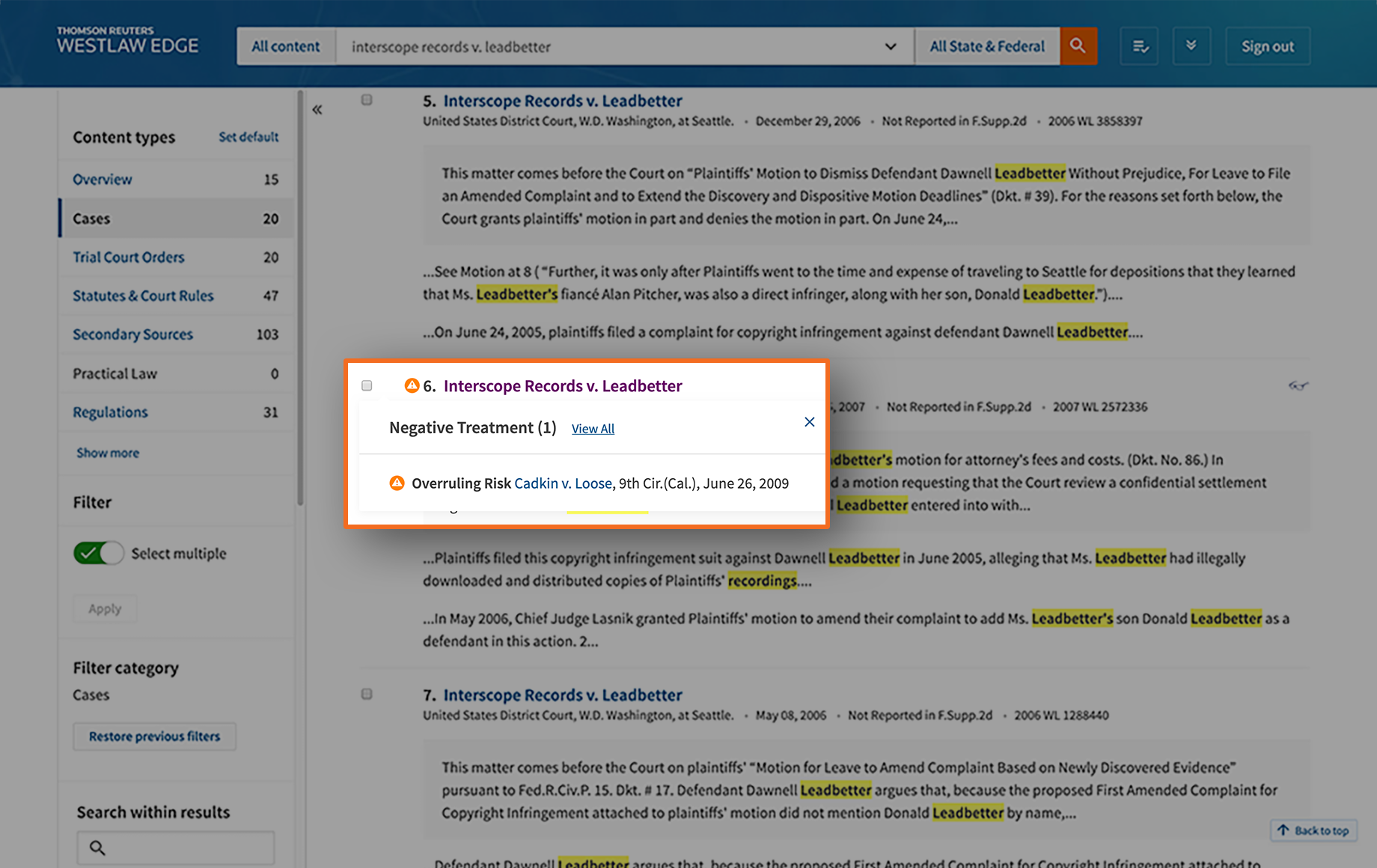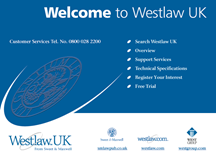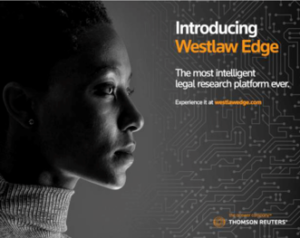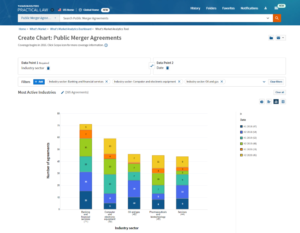Thomson Reuters Celebrates 150 Years: 10 Recent Innovation Milestones

Thomson Reuters is marking a century and a half of customer partnership and innovation since the founding of John B. West Publisher and Book Seller in 1872. After revisiting the company’s innovation milestones from 1872 to 1998, today Legal Current features innovative highlights from 2000 to the present.
- 2000 – Westlaw UK launch marks globalization of Westlaw. Westlaw UK leveraged the technology of U.S. Westlaw and the content of Sweet & Maxwell, the UK’s leading legal publisher. In 2020, Thomson Reuters launched Westlaw Edge UK, the most sophisticated legal research service in the country.

- 2002 – Westlaw for Canadian practitioners. The launch of WestlaweCARSWELL, later Westlaw Canada, provided the Canadian legal industry with state-of-the-art search tools and an integrated online platform that delivered new levels of power, flexibility and depth. In 2021, Thomson Reuters launched Westlaw Edge Canada.
- 2003 – Westlaw adds AI-based recommender engine. Westlaw introduced ResultsPlus, a content- and behavior-based recommender system for legal researchers.
- 2008 – PeopleMap introduced on Westlaw. PeopleMap delivered a web-scale concordance engine that created one of the largest person-centric knowledge graphs anywhere, connecting all public records that pertain to an individual. Westlaw was one of the earliest in the information industry – not just legal – to introduce full and machine-assisted automation at scale for text mining and content enhancement technologies.
- 2010 – Thomson Reuters launches WestlawNext, which was designed in close collaboration with customers. WestlawNext combined search and editorial intelligence with the latest technological innovations. With the power of WestSearch, a suite of learning-to-rank algorithms trained on legal content, meta-data and user behavior, a single search scoured multiple databases and tools allowed users to filter, tag, and folder information.
- 2011 – Westlaw platform launches in Australia. Developed specifically for Australian legal professionals, Westlaw AU offers content from case law and journals, legislation and commentary to precedents, encyclopedia and news, as well as legal and tax information.

- 2018 – Westlaw Edge, the most intelligent legal research platform ever, is released. Westlaw Edge includes access to first-of-its-kind tools like KeyCite Overruling Risk, a powerful legal search engine, and integrated litigation analytics that helps expedite legal research tasks that were once incredibly complex and time-consuming.
- 2019 – Quick Check on Westlaw Edge is introduced. The intelligent document analysis tool enables legal researchers to save valuable time finding and verifying authority.
- 2021 – Practical Law Dynamic Tool Set is launched. Thomson Reuters applied AI functionality to a new proprietary editorial content set from Practical Law, including an AI-driven question-answering feature that leverages the legal expertise of the business’s attorney editors to provide answers to legal research questions, along with links to relevant Practical Law content.
 2022 – Ongoing innovation and customer collaboration. Many of John B. West’s innovations – creating a system to quickly get judicial decisions into the hands of legal professionals, organizing them into a living taxonomy of the law, and hiring attorneys to analyze and annotate each decision – were powerful tools to speed the important and arduous task of legal research. Now, 150 years later, they provide unique content and metadata to train and power AI and machine-learning technologies that allow legal researchers to work much faster and with more accuracy and confidence. Thomson Reuters is honored to continue building on this foundation and to carry on West’s legacy as the legal marketplace evolves.
2022 – Ongoing innovation and customer collaboration. Many of John B. West’s innovations – creating a system to quickly get judicial decisions into the hands of legal professionals, organizing them into a living taxonomy of the law, and hiring attorneys to analyze and annotate each decision – were powerful tools to speed the important and arduous task of legal research. Now, 150 years later, they provide unique content and metadata to train and power AI and machine-learning technologies that allow legal researchers to work much faster and with more accuracy and confidence. Thomson Reuters is honored to continue building on this foundation and to carry on West’s legacy as the legal marketplace evolves.
Check out more key moments in Thomson Reuters history, and watch Legal Current for more on the company’s legacy of innovation and customer collaboration.